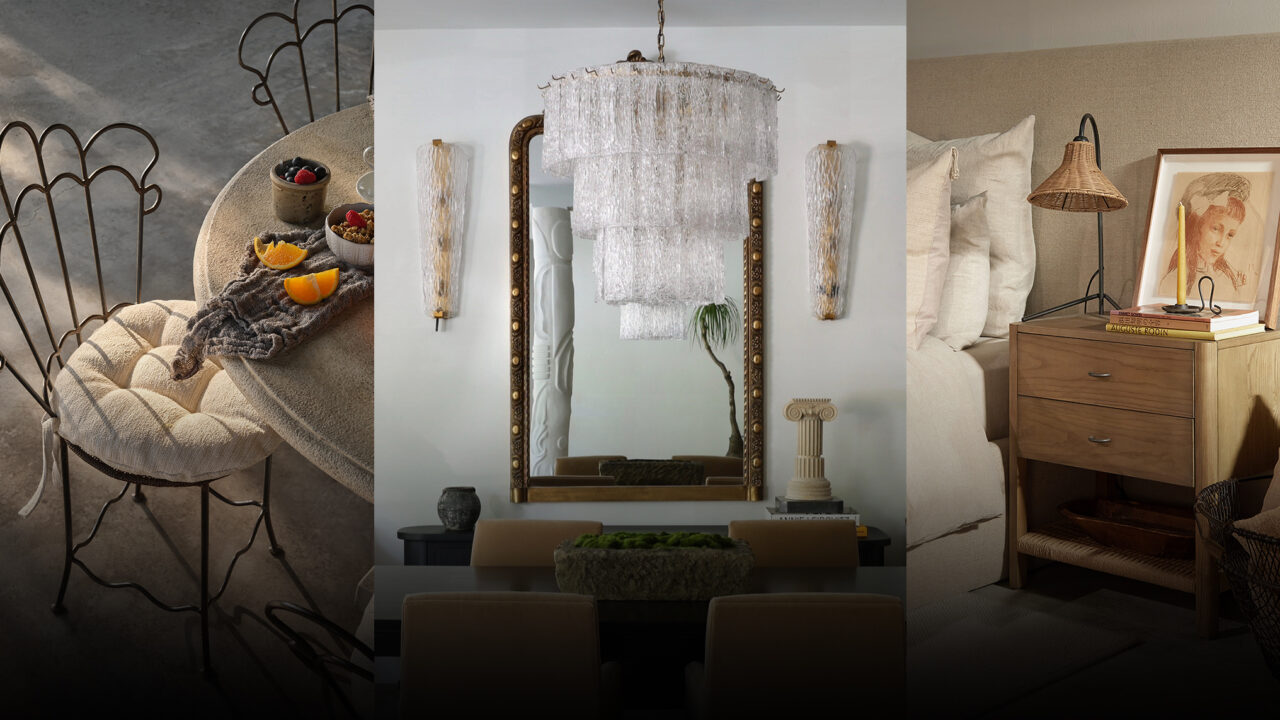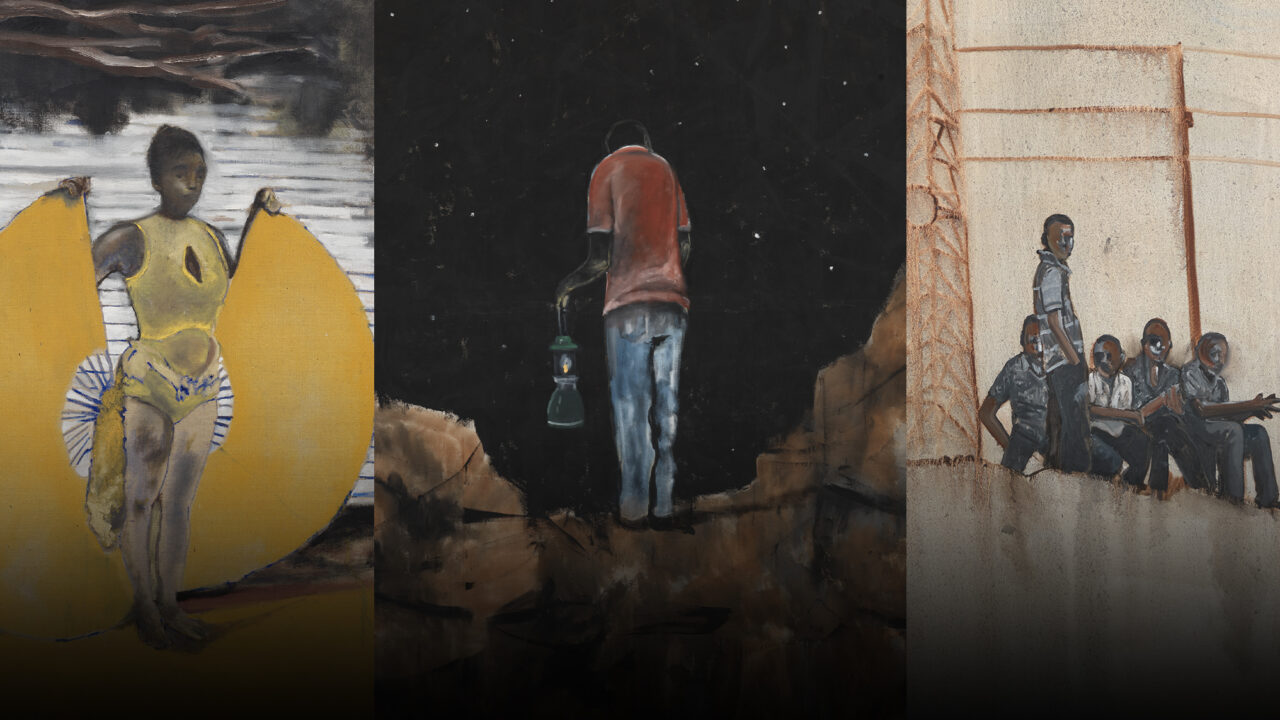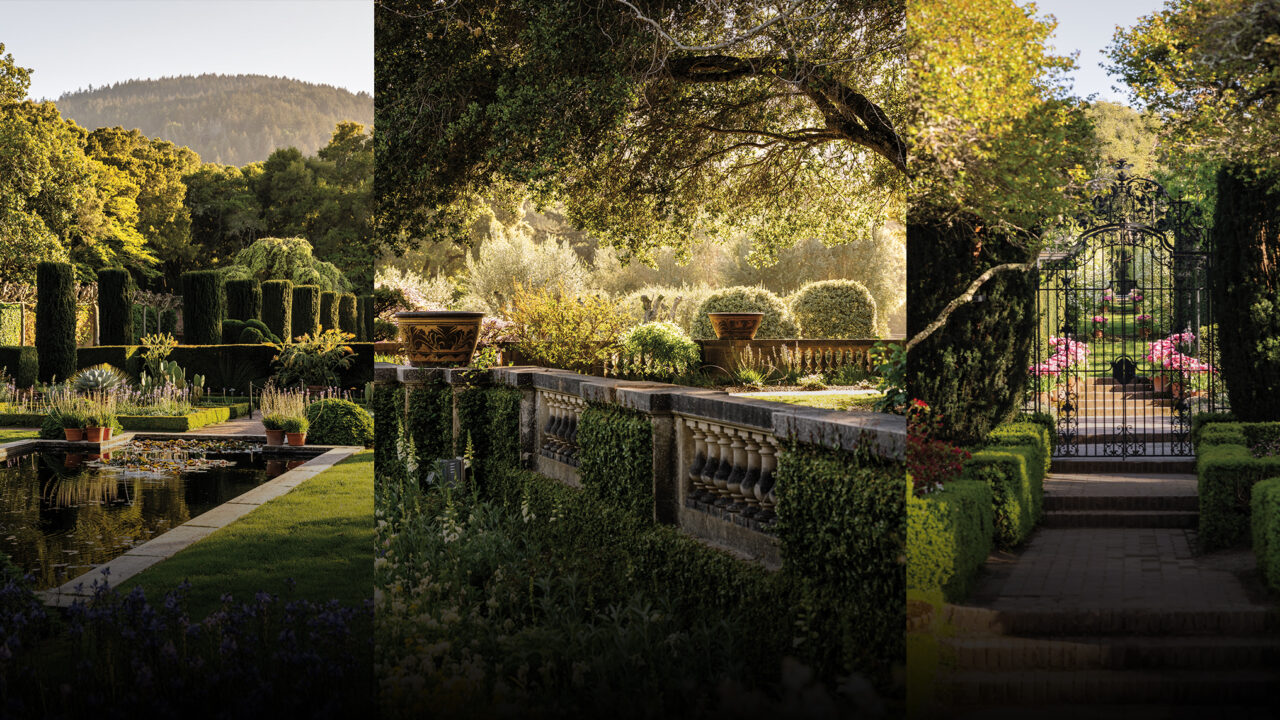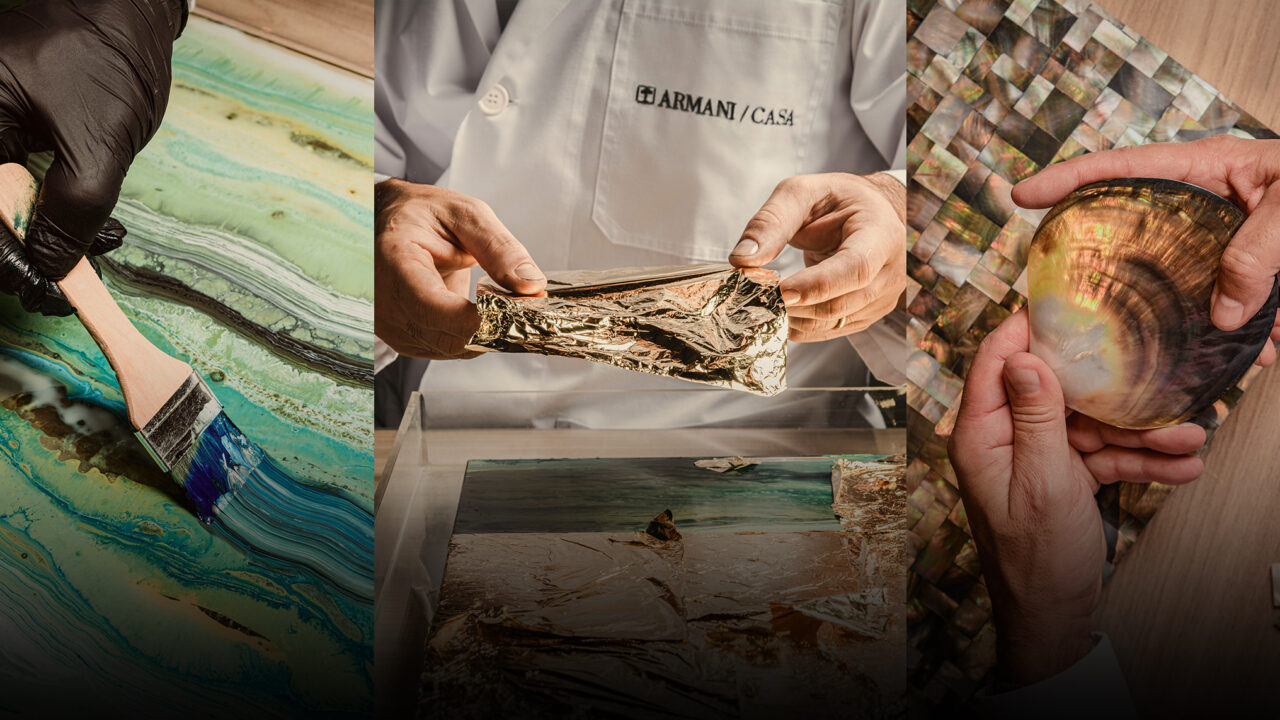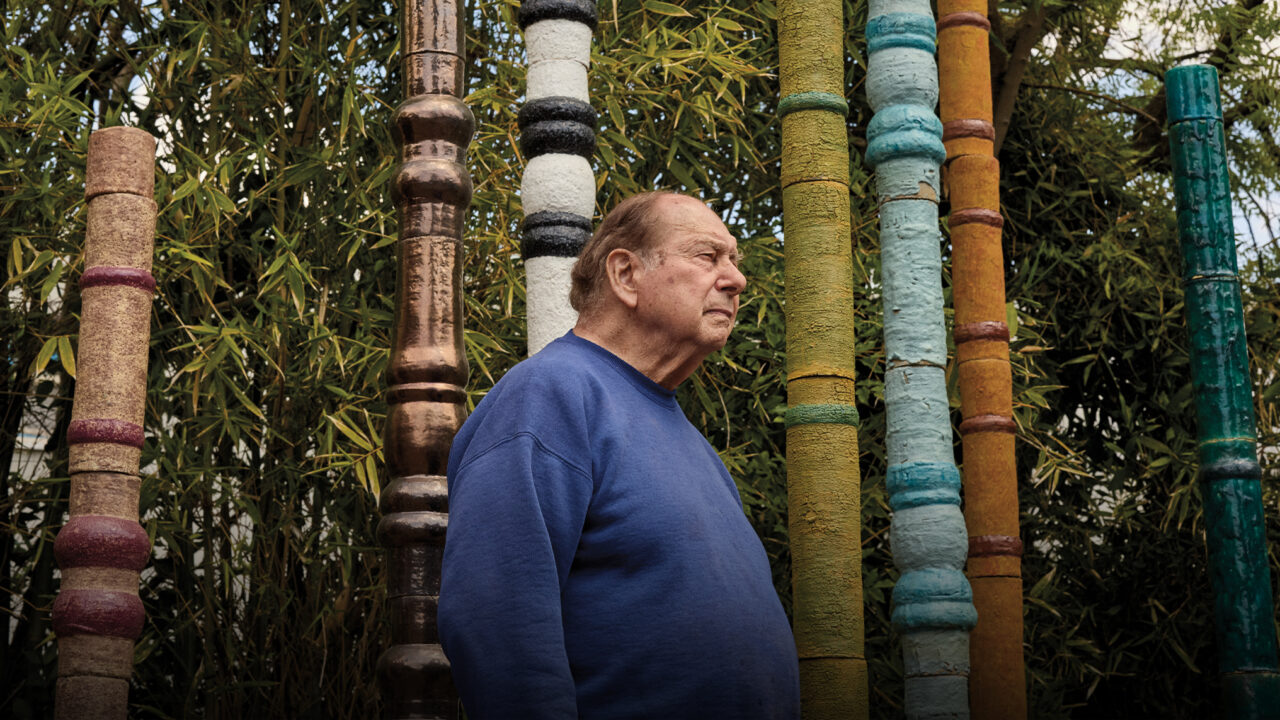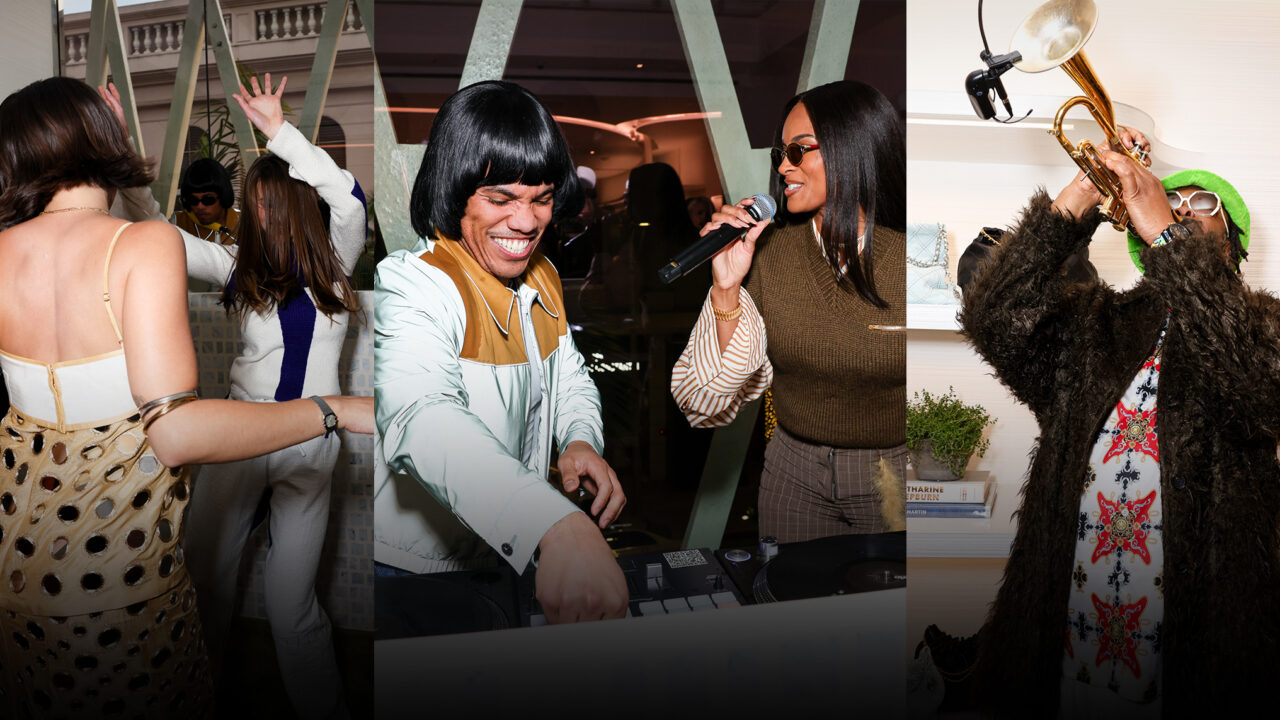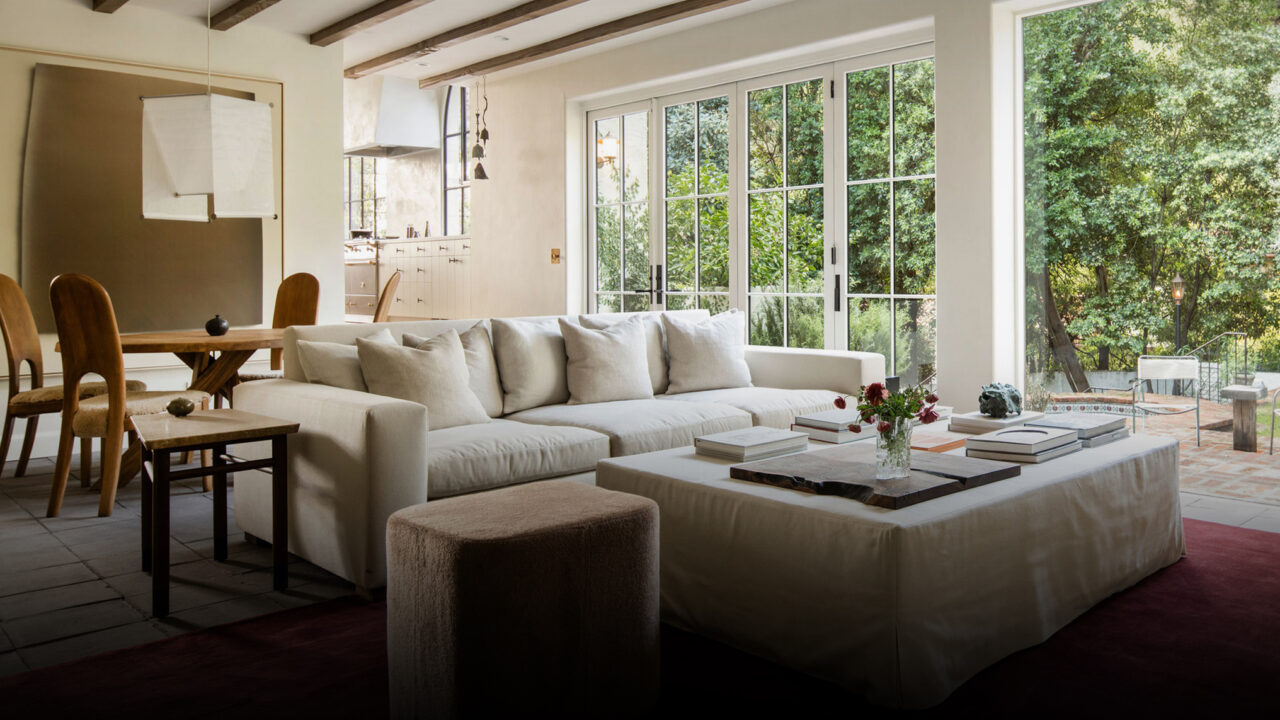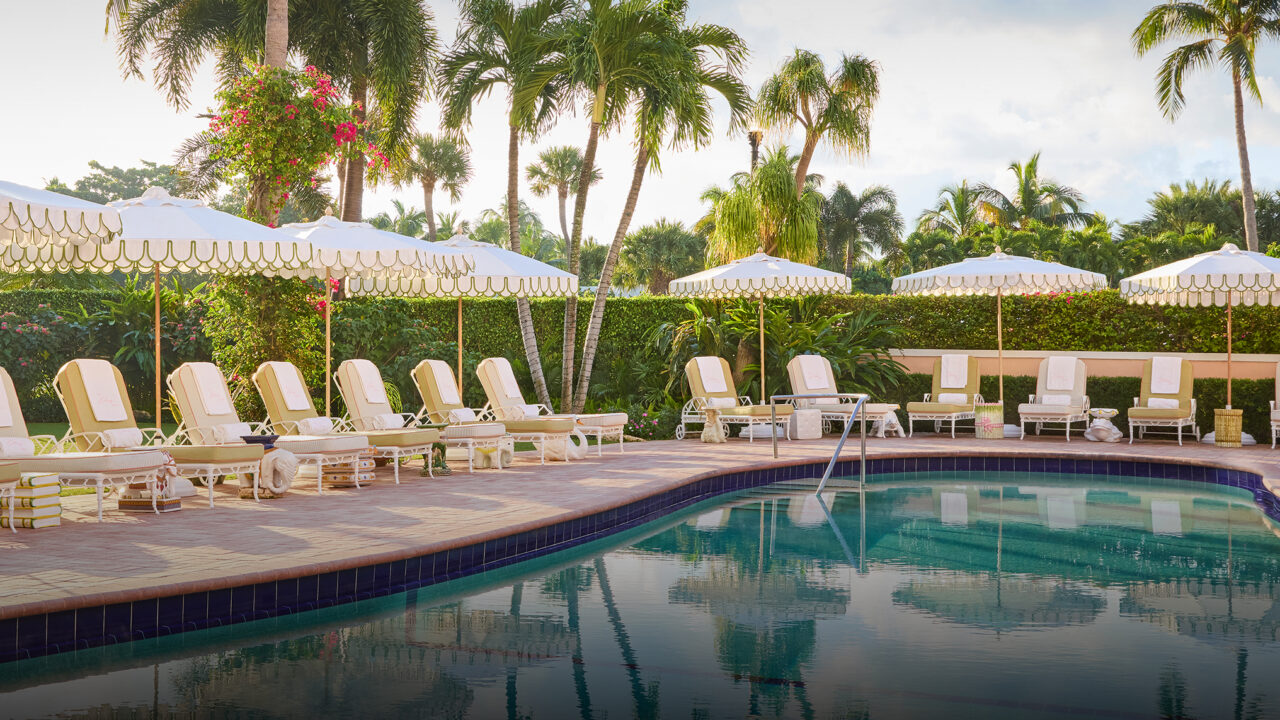Plus Zoë de Givenchy joins forces with Adam Lippes
HomeCategory
Design
A landmark show traces the artist's brief, brilliant career
As summer approaches, experts at the Gilded Age estate reveal how they keep the flowerbeds flourishing
The multiday celebration of interiors parties, panels, and happenings took place in the West Hollywood and La Cienega design districts
The two-term San Francisco mayor and longtime California State Assembly speaker, and Nvidia, raised funds for California College of the Arts
The boutique hosted live demonstrations of three exacting techniques used to create furniture for the house’s collections
With his mighty murals, primal sculptures, and towering totems, the 89-year-old artist helped shape a movement — at last the art world is catching up
The designer tapped Anderson .Paak to get the party started with an in-store DJ set
This first-time design collaboration between Broad Project and StudioLuhtala, five years in the making, is ready for its closeup
A season of art, wellness, and fashion-forward happenings is ahead at the newly refreshed hotel
Stay Up To Date
Subscribe to our weekly emails for the hottest openings, latest parties and in-depth interviews with the people putting California Style on the map.

